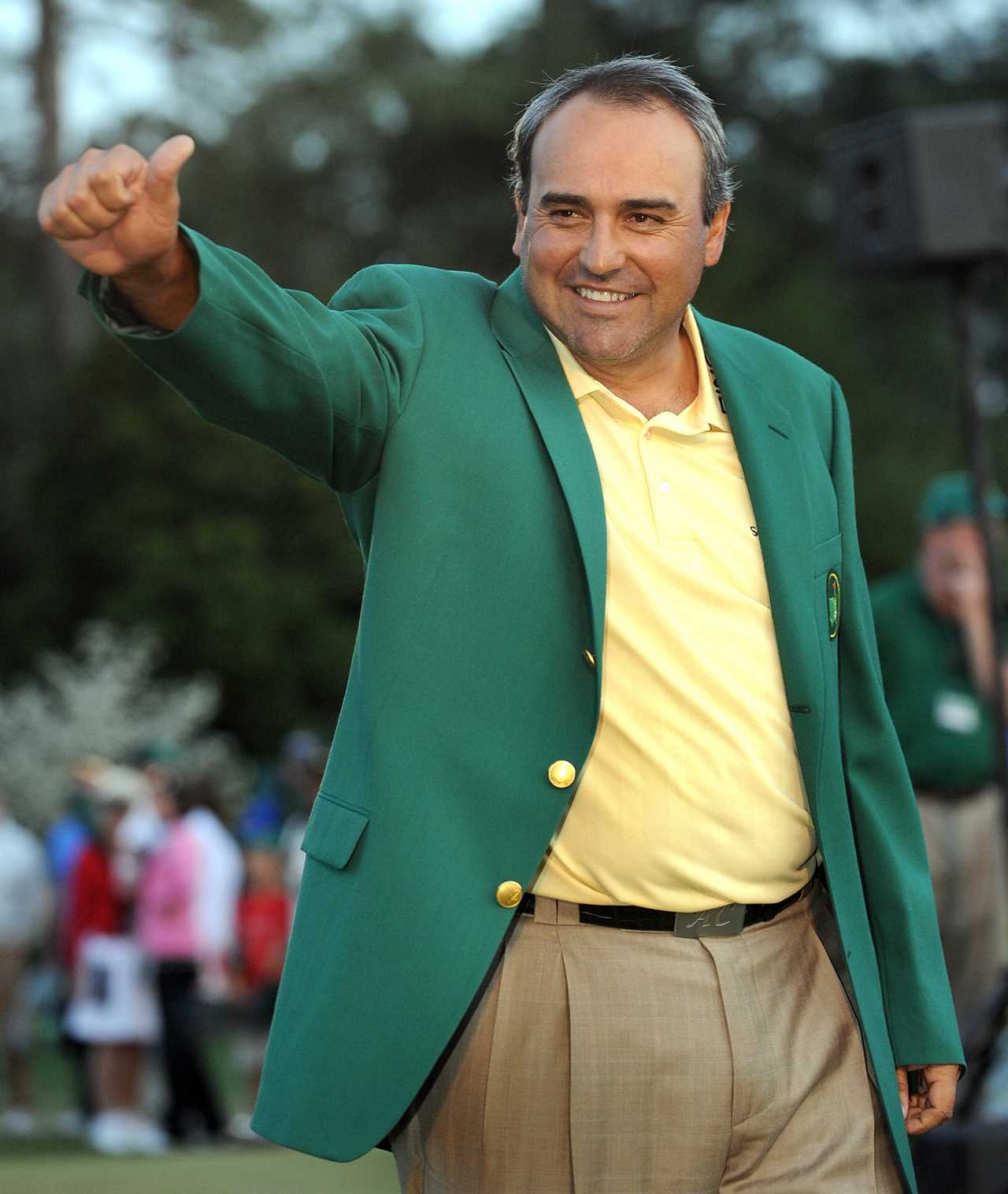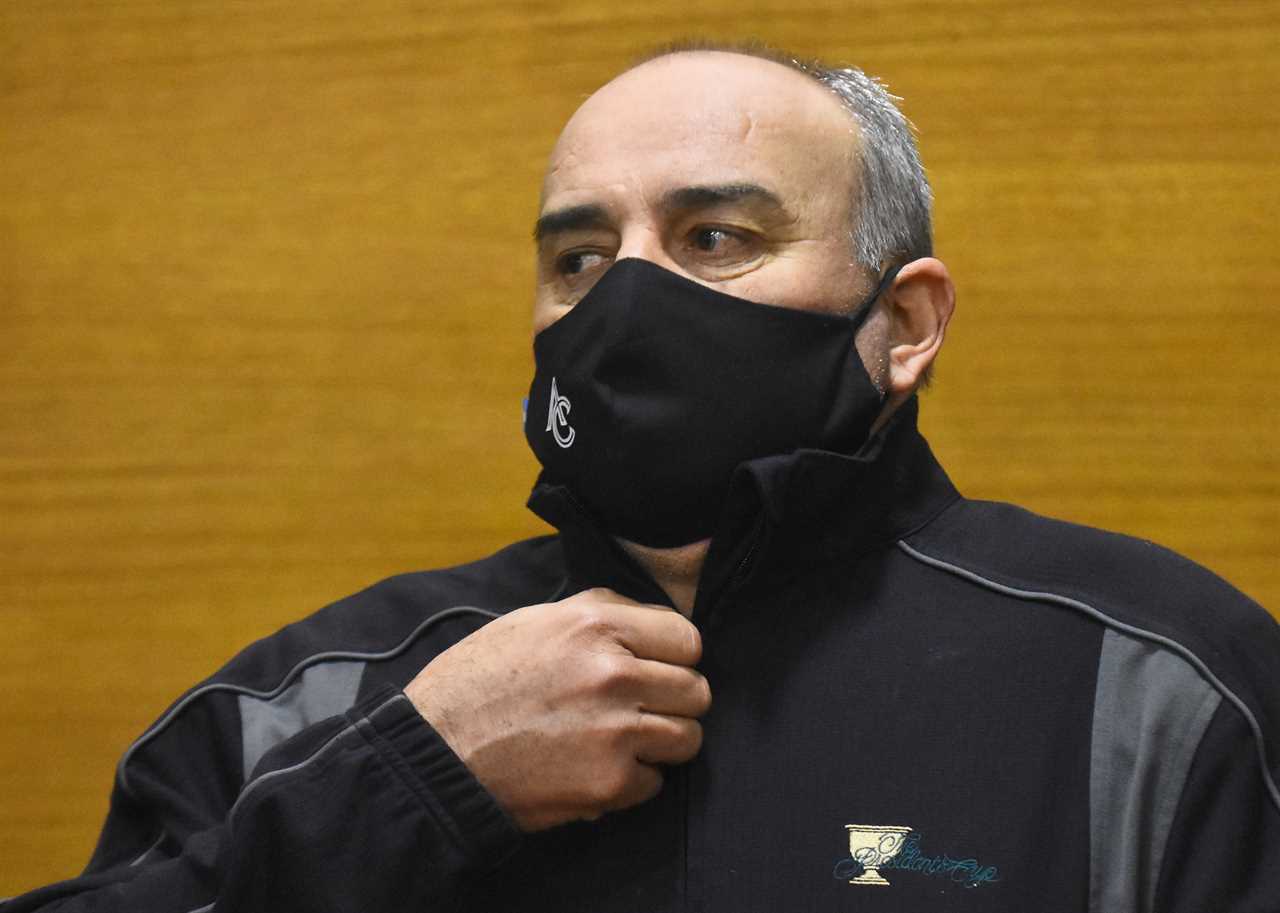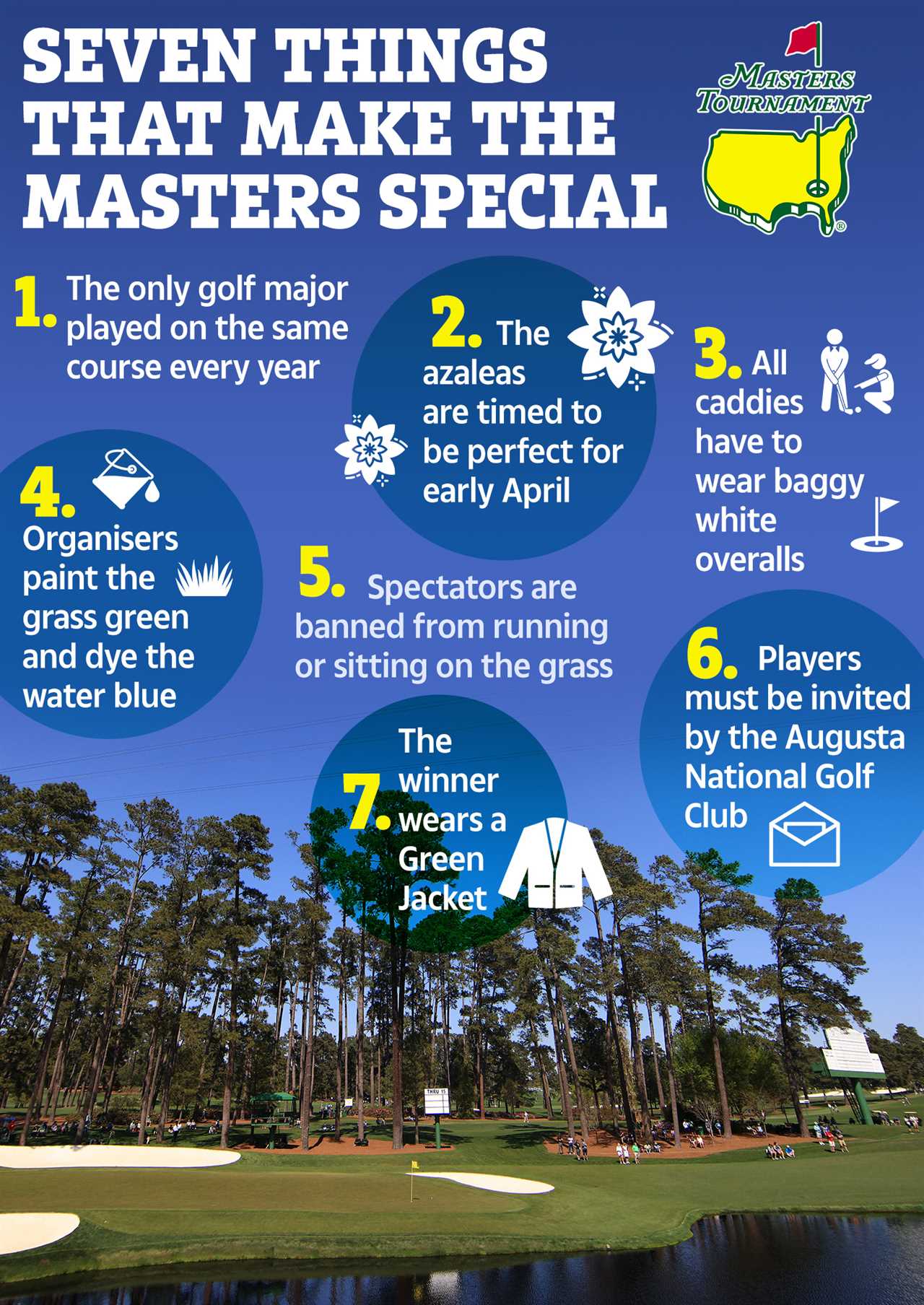
Angel Cabrera is set to make a highly anticipated return to the Masters after enduring a tumultuous period that saw him spend two and a half years in prison.
Championship Glory and Personal Struggles
At 55, Cabrera secured his place at Augusta every April following his playoff victory in 2009. However, his journey back to the prestigious tournament is mired in controversy after his conviction for domestic abuse led to his imprisonment in both Brazil and Argentina.
The Argentine golfer's career, which took off with a notable performance at the 2007 US Open, faced a significant setback when he was sentenced in 2021 for assaulting two former partners. Both Micaela Escudero and Cecilia Torres Mana accused Cabrera of abusive behavior, with Cabrera admitting to Torres Mana's claim of throwing a phone at her head, causing injury.
A Grim Chapter in Prison
Cabrera's time in detention was marked by harsh conditions. In Brazil, he described his cell as cramped and uncomfortable, sharing a confined space with another inmate. "I was sleeping in some pieces of cloth on a bed that was basically cement," he recounted.

Despite the bleak environment, Cabrera found some solace after being transferred to Argentina's Carcel de Bouwer, infamously known as the "prison from hell." Here, he was kept away from more dangerous inmates and assigned to clean the main hall, though his interactions were limited.
Personal Reflections and Regrets
Reflecting on his past, Cabrera expressed deep remorse for his actions. "I regret everything that I have done wrongly in my past," he admitted. The golfer acknowledged the heavy toll his mistakes took on his life, including losing valuable years and grappling with the absence of freedom.
Cabrera also shared insights into his mental health struggles, revealing battles with alcohol and depression stemming from a challenging childhood. These personal hardships, he believes, contributed to the poor decisions that led to his incarceration.
Support from the Golf Community
During his imprisonment, Cabrera received support from fellow golfers. Legends like Gary Player and Ernie Els reached out with letters of encouragement, emphasizing the respect he still commands within the sport.

Upon his release in August 2023, Cabrera has been welcomed back into competitive golf with minimal backlash. The golfing community appears ready to embrace his return, allowing him to rejoin PGA Tour events from December 2023.
Looking Ahead to Augusta
Despite past legal issues, Augusta's chairman, Fred Ridley, has confirmed that Cabrera will be welcomed back to the Masters. This reinstatement follows a previous setback when a US visa issue prevented his participation earlier this year.
As Cabrera prepares to compete alongside the world's top golfers next month, he remains focused on making the most of his "second chance." His eligibility as a former champion ensures his spot at the 2025 Masters, marking a significant milestone in his redemption journey.
A Path to Redemption
Cabrera's story is one of downfall and recovery. From the heights of winning major championships to the depths of imprisonment, his journey underscores the complexities of personal accountability and the possibility of redemption.

As he steps back onto the green, Cabrera carries with him the lessons learned from his past, aiming to rebuild his legacy both on and off the course.
Frequently Asked Questions
What role does technology play in a pro golfer's training?
Technology is integral in the modern professional golfer's training arsenal. Launch monitors and high-speed camera technology provide detailed feedback, including ball speed, spin rate, launch angle and other factors. Golfers and their coaches use this data to make informed adjustments to swing mechanics and equipment choices. Wearable fitness equipment tracks physiological data, allowing fitness programs to be tailored and recovery monitored. Virtual reality and simulators can provide immersive practice environments when the weather is not ideal.
Are pro golfers more focused on mental or physical training?
Professional golfers are aware of the need for both physical prowess as well as mental strength within their sport. Their training emphasizes a balance between the two. Mental training is just as important as physical practice. Pro golfers' mental training includes many important components, including visualizing shots, managing their anxiety and stress, and strategizing. A golfer might work with sports psychologists to develop mental resilience and focus, which are indispensable during competitive rounds.
Can pro golfers train too much?
There is certainly a risk of overtraining for professional golfers. Over-extending themselves with excessive practice can lead to physical injuries such as tendinitis or mental burnout. It is important for golfers listen to their body, prioritize recovery and maintain a well-balanced training schedule. Quantity is not as important as quality, and the emphasis is on deliberate, focused practice. Rest days are strategically scheduled to allow the body and mind to recover.
How do professional golfers use rest and recovery to their advantage?
In a professional golfer's routine, recovery and rest are essential. Adequate rest improves performance because it allows the body's healing and rejuvenation, which prevents injury and fatigue. Golfers utilize a wide range of recovery methods, such as active recovery, massage, and stretching. They may also do light exercises that help promote recovery during their respective rest periods. It is important to follow these practices in order to maintain a high level of performance throughout the tour schedule.
How do golfers who are professionals practice putting?
Putting practice is a daily ritual for professional golfers, as proficiency in this aspect of the game can have a substantial effect on tournament outcomes. Golfers putt from different distances and angles to improve their technique and ability to read the greens. Drills that enhance consistency, such as repeating putts from a set distance, are common. Others may use alignment tools or putting aids in order to increase their precision. Players can develop a reliable putting technique by repeating these drills.
What is the importance of course management in pro golfer training?
It is an important part of the training process for professional golfers. This goes beyond just athleticism and technique. It is about making strategic decisions that are based on various risk-reward scenario's. During golf training, a player learns how to evaluate wind conditions and hazards. Golfers who work with an expert caddy can create game plans to maximize their strengths and minimize their weaknesses.
Statistics
- Up to 90% of professional golfers incorporate some form of cross-training into their fitness regimen.
- Nearly 80% of professional golfers engage in regular physical fitness programs designed specifically for golf.
- Studies show that consuming a balanced diet is a priority for 95% of professional golfers as part of their training protocol.
- Statistical data indicates that around 50% of pro golfers have experienced a golf-related injury due to overtraining.
- Technology such as launch monitors are used by 85% of professional golfers in their training routines.
- Professional golfers under the age of 25 spend, on average, 10% more time on driving range practice compared to those over 25.
- An estimated 60% of professional golfers change at least one piece of their equipment each season.
- A survey suggests that 75% of pro golfers use a sports psychologist to aid with mental training and performance.
External Links
How To
How to Use Mental Training for Golf
Mental training requires a deliberate and deliberate approach. It begins with setting clear goals, as well as a positive attitude. Pro golfers can use visualization techniques to visualize their rounds and shots. By incorporating breathing techniques into a routine before a shot, you can maintain calmness and concentration. A sports psychologist can help reinforce stress management strategies and mental resilience.
Did you miss our previous article...
https://sportingexcitement.com/golf/paige-spiranac-from-harassment-to-golfing-icon
 CricketBoxingFormula 1GolfHorse RacingPremier LeagueTennisPrivacy PolicyTerms And Conditions
CricketBoxingFormula 1GolfHorse RacingPremier LeagueTennisPrivacy PolicyTerms And Conditions
